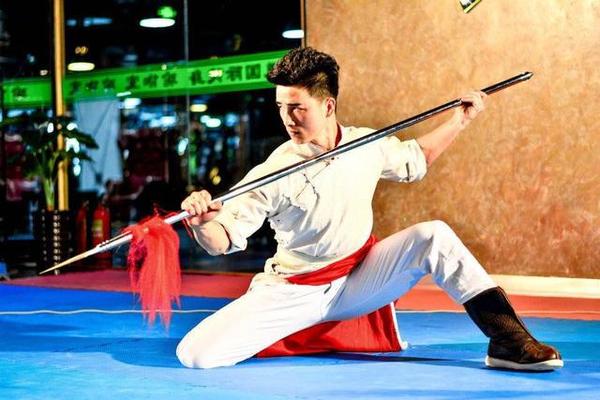心 (xin1) = mind (brain) and-or anatomical heart
流 (liu2) = flow, river, a 'preserving' and 'spreading' device which links the past to the present, and the present to the future
兵 (bing1) soldier, war, weapon, martial
法 (fa1) law, rule, order, guide, standard, method and 'certain' way











 RSS Feed
RSS Feed